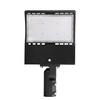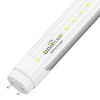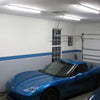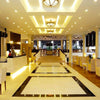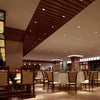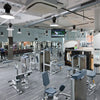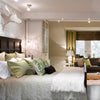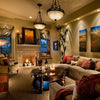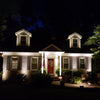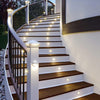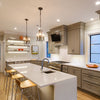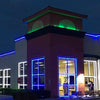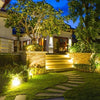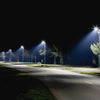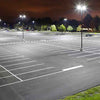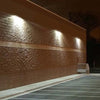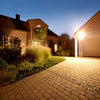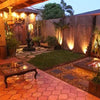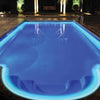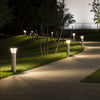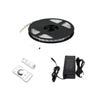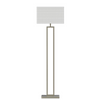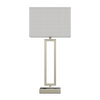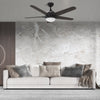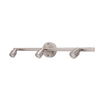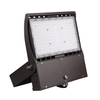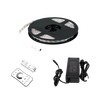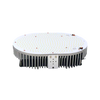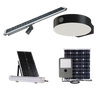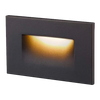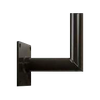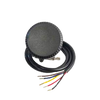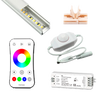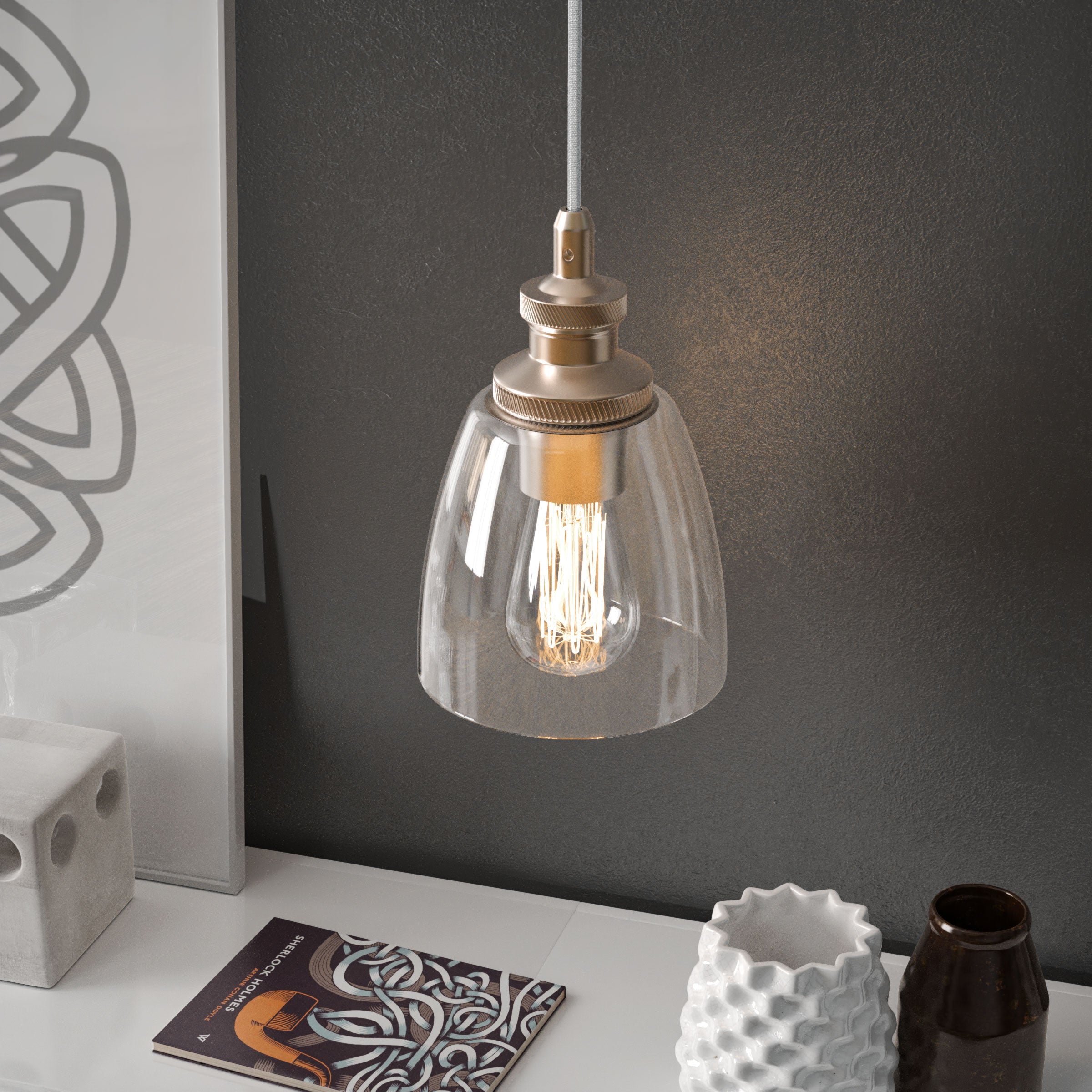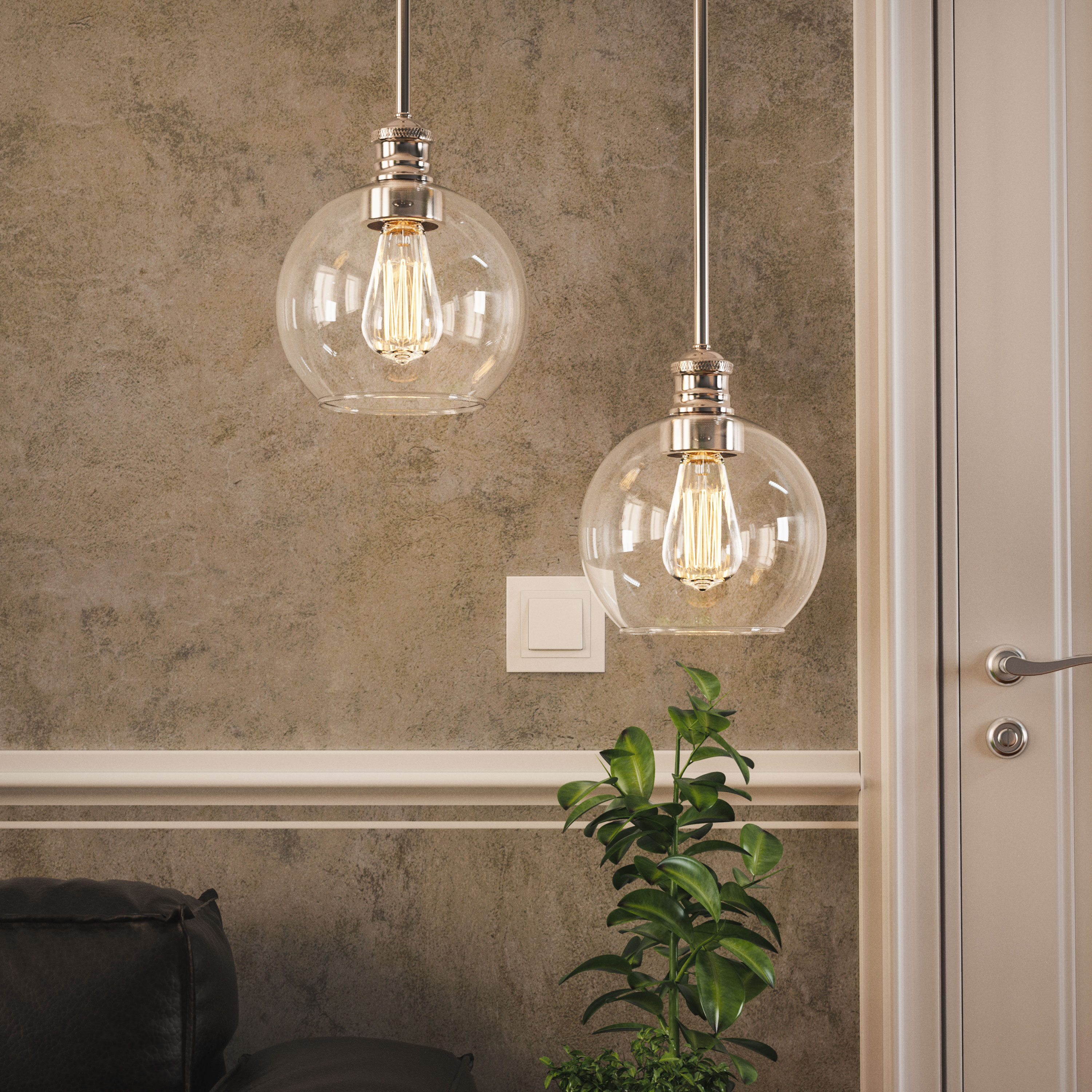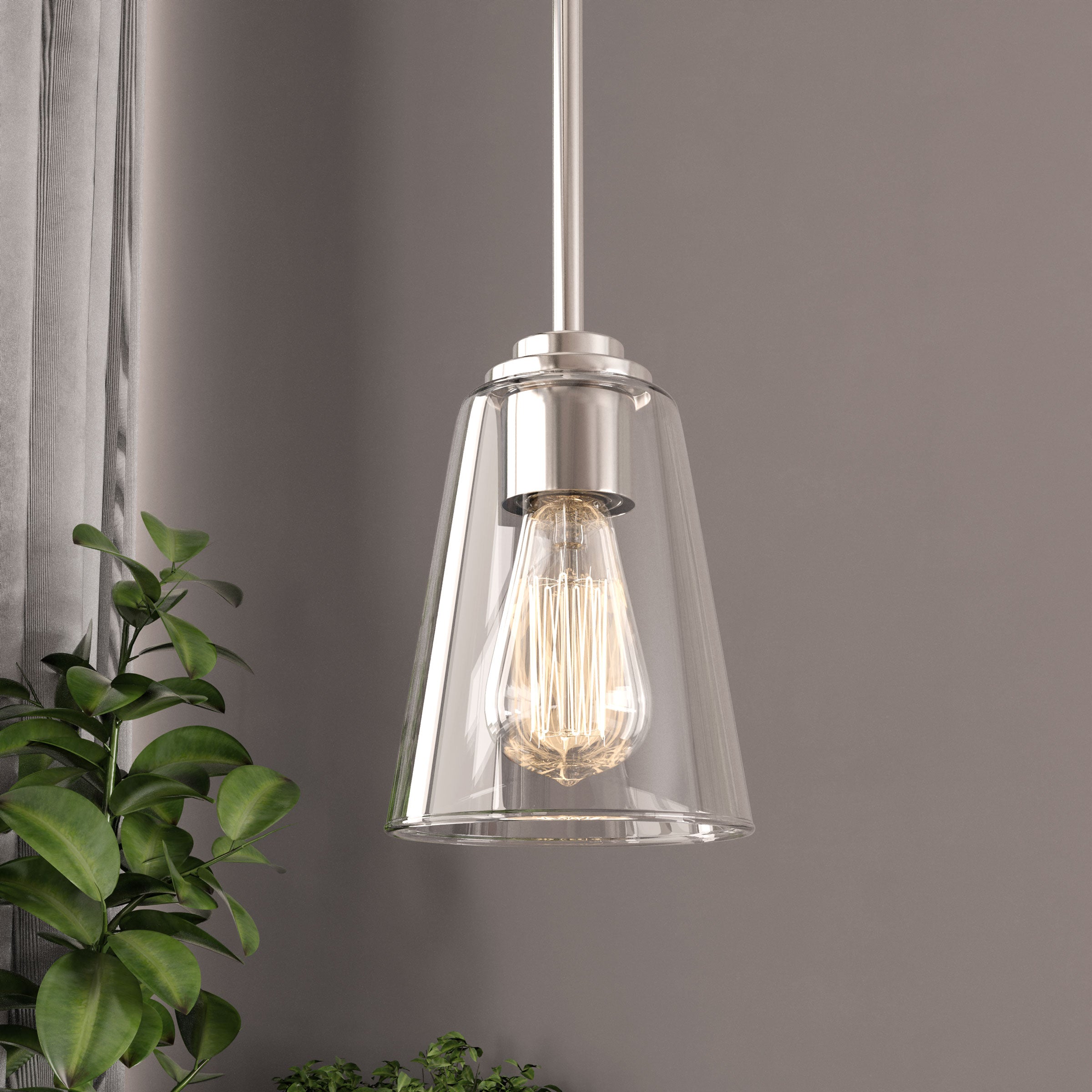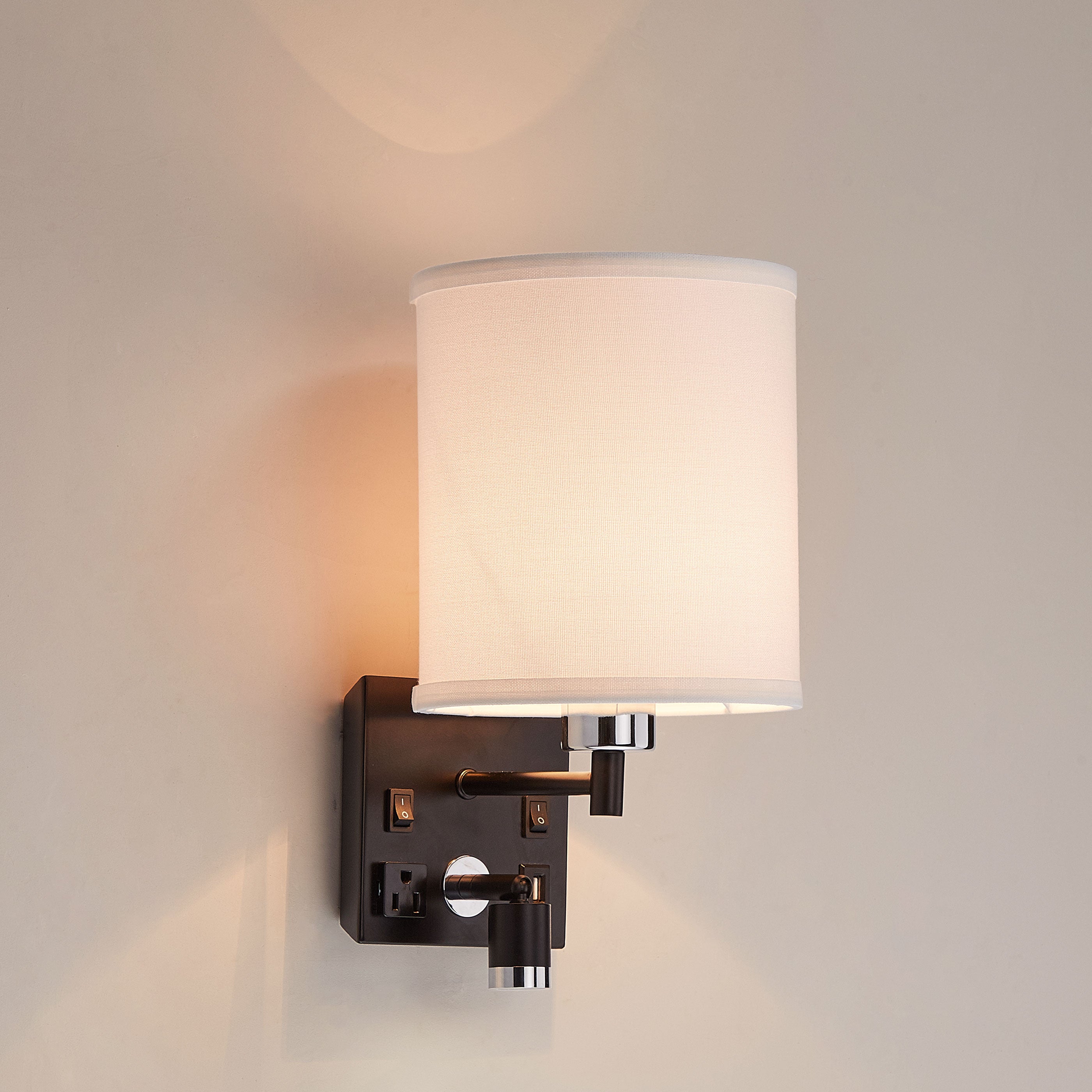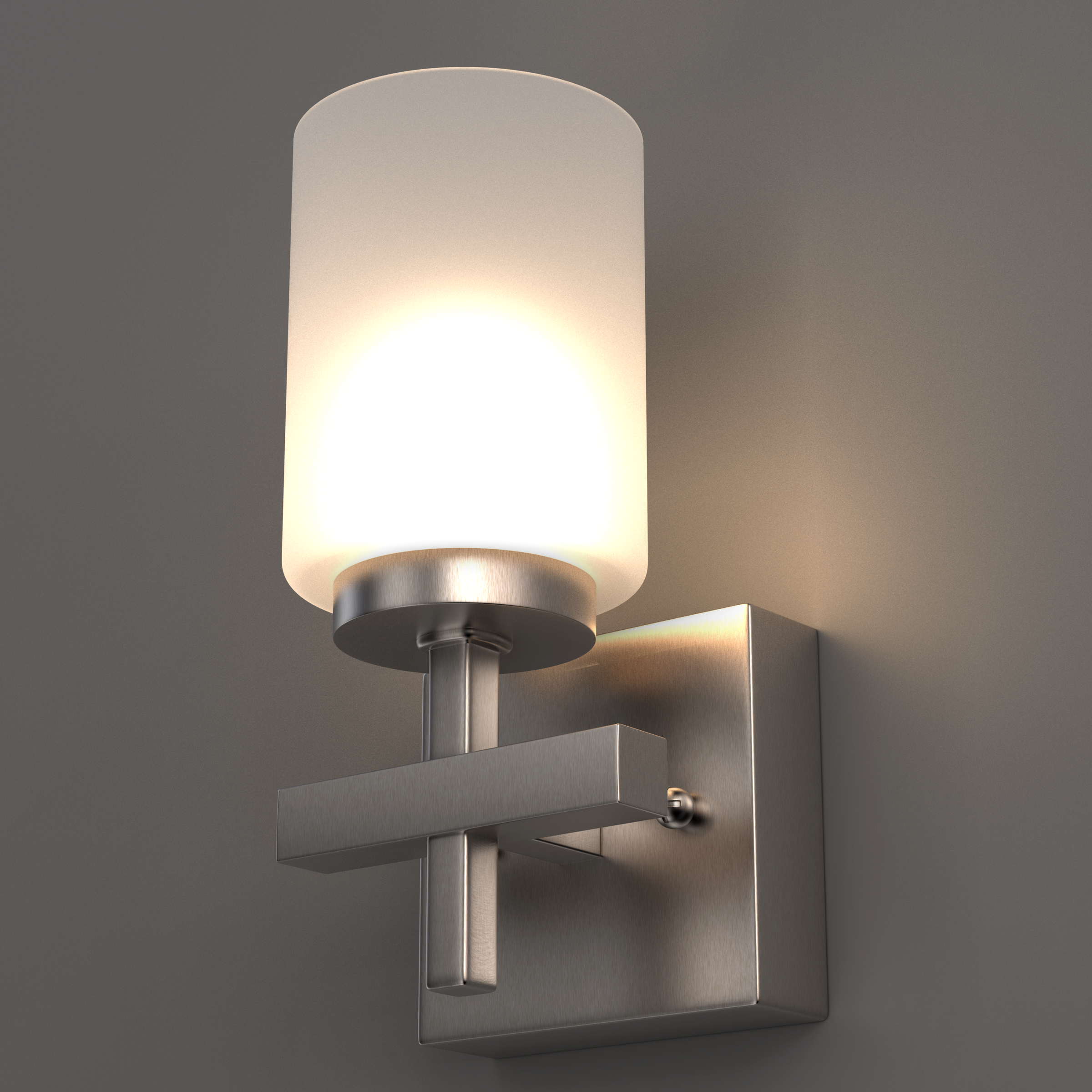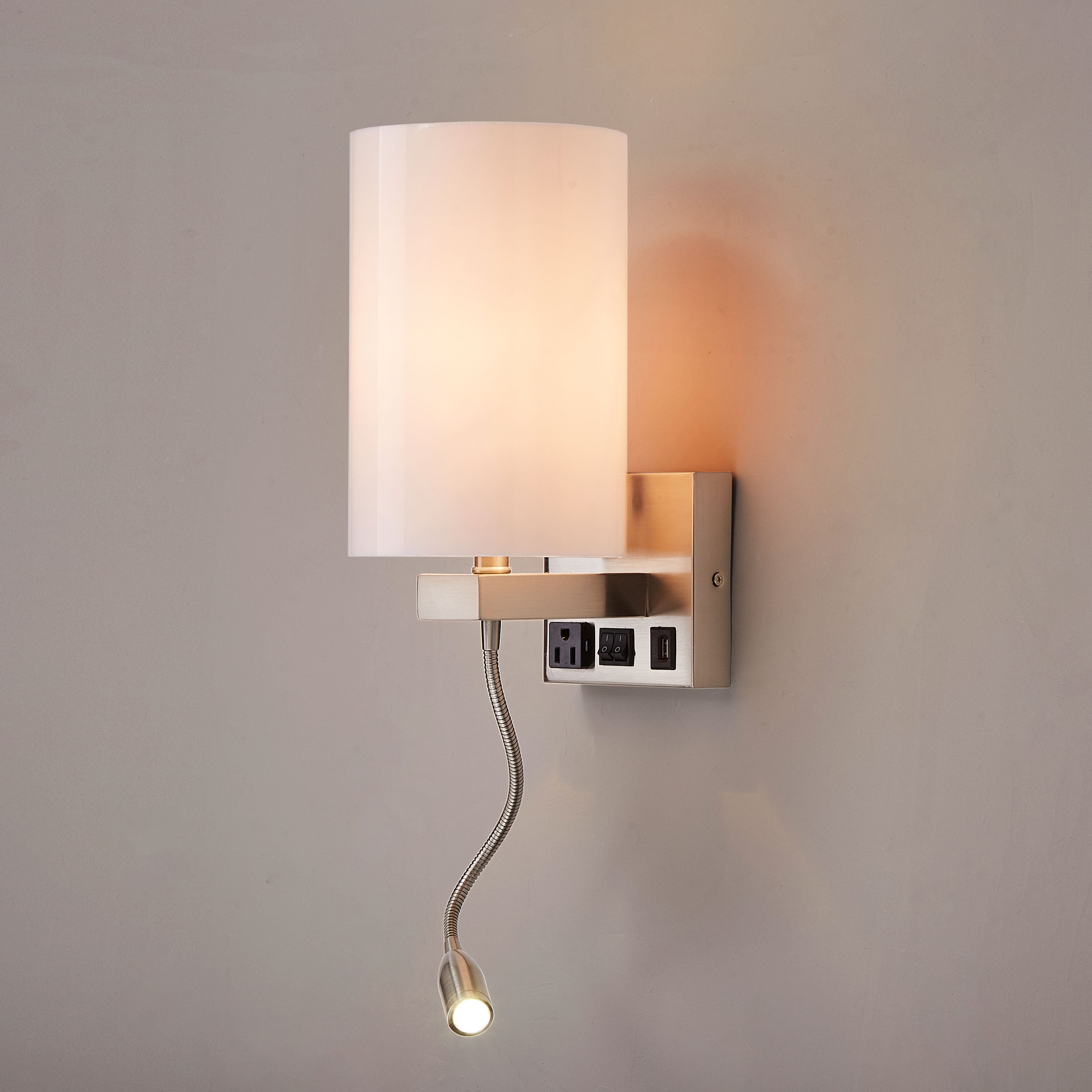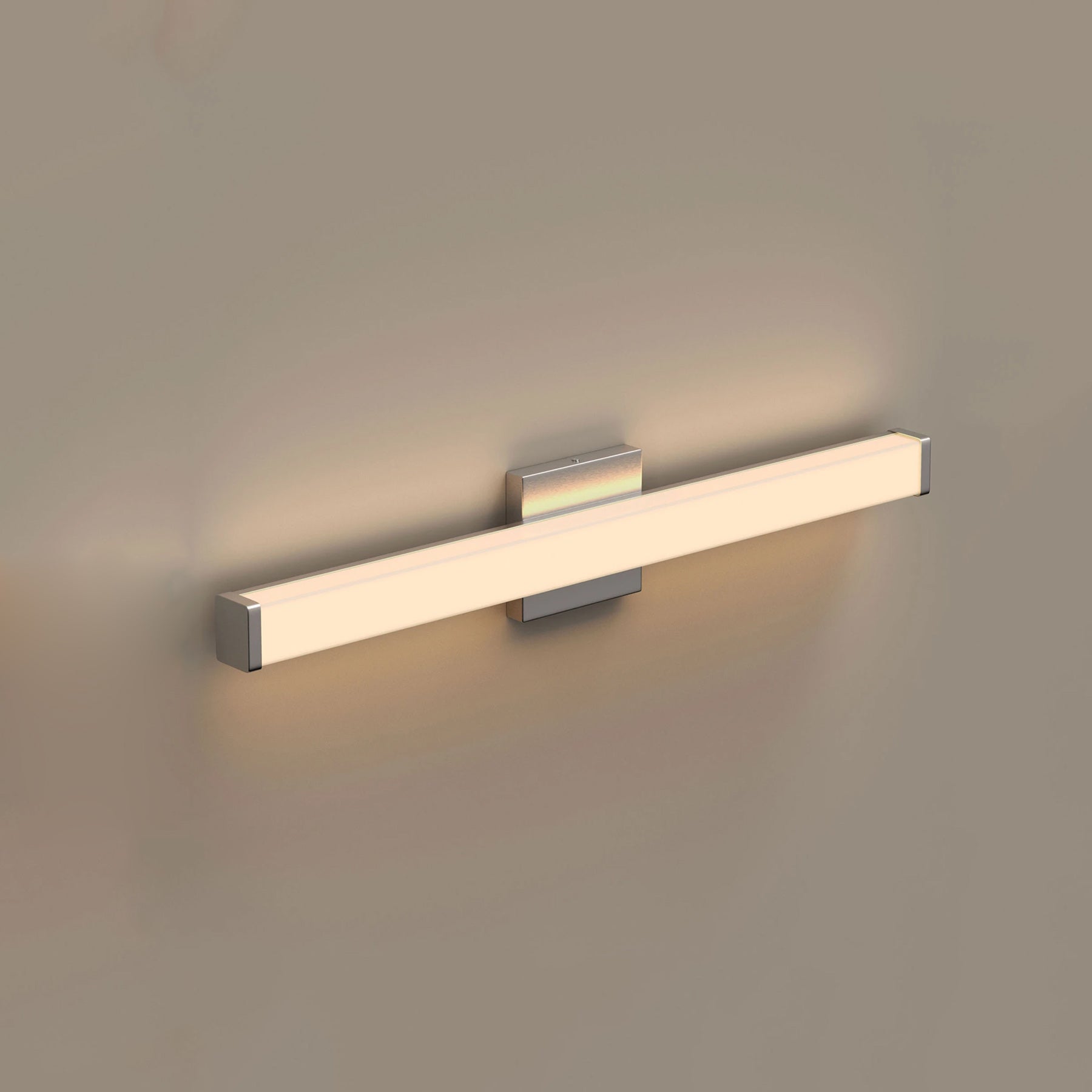Lighting plays a critical role in shaping the atmosphere, functionality, and aesthetic appeal of a room. Whether you're designing a cozy living room, a focused workspace, or a relaxing bedroom, understanding where to place your LED Lights can make all the difference. In this blog, we will explore the best strategies for placing lights in various rooms, ensuring your home is both stylish and well-lit.
Why Placement of LED Lights is Important
LED lights are known for their energy efficiency, long lifespan, and flexibility in design. But even the best lighting solution will fall flat if placed incorrectly. The key to effective lighting is layering — combining different types of lighting to serve various purposes. Strategic placement of LED lights helps create an ambiance, highlight focal points, and enhance the room's overall functionality.

1. Living Room Lighting
The living room is often the central hub of activity in a home, so it requires versatile lighting that caters to both relaxation and socializing. Here's how to place your LED lights effectively:
-
Overhead Lighting: Install a large Chandelier or LED ceiling lights to provide ambient light. Ensure the overhead light is centered in the room to distribute light evenly.
-
Accent Lighting: Use LED spotlights or wall-mounted fixtures to highlight artwork, bookshelves, or architectural features. LED track lighting can also be a great option for adding focus to specific areas without overpowering the space.
-
Task Lighting: Floor lamps or table lamps with LED bulbs are perfect for reading nooks or seating areas. Place them beside sofas or armchairs to create cozy, well-lit zones.
Tip: Dimmable LED lights allow you to adjust the brightness depending on the time of day and activity.
2. Kitchen Lighting
The kitchen requires functional lighting that not only enhances the design but also ensures safety during food preparation. Here's where you should place your LED lights in a kitchen:
-
Under-Cabinet Lighting: This is one of the most practical placements for LED lights in the kitchen. Under-cabinet LED strips or puck lights provide direct light on countertops, helping with meal prep and ensuring visibility for tasks like chopping and mixing.
-
Overhead Lighting: Recessed LED lights or pendant lights over kitchen islands and countertops offer ample lighting for cooking. Make sure overhead lights are evenly spaced to avoid shadows.
-
Task Lighting: Consider adding LED lights inside or around cabinets to help you easily locate items. You can also place task lighting over the sink or stove for better visibility while cooking.
Tip: Use cool white LED lights in the kitchen for a clean, bright environment that enhances visibility and clarity.

3. Bedroom Lighting
The bedroom is a space for relaxation, so lighting should create a calm and comfortable atmosphere. LED lights placed thoughtfully in this space can set the right mood:
-
Overhead Lighting: A central ceiling light or chandelier with LED bulbs works well for general illumination. Opt for dimmable LED lights to easily adjust the brightness for relaxation or reading.
-
Bedside Lighting: Table lamps or wall-mounted LED sconces on either side of the bed provide soft, focused light for reading. You can also use adjustable LED task lights for added convenience.
-
Accent Lighting: Consider LED strip lights behind the headboard or along the baseboards to create a subtle glow that adds warmth and dimension to the room without overwhelming it.
Tip: Warm LED lights (2700K-3000K) are ideal for bedrooms as they create a relaxing and inviting atmosphere.
4. Bathroom Lighting
In the bathroom, lighting must be both functional and flattering. Properly placed LED lights ensure you have enough brightness for grooming tasks while also enhancing the aesthetic of the space:
-
Vanity Lighting: Place LED sconces or vertical strip lights on both sides of the mirror at eye level. This eliminates shadows and provides even lighting for grooming, shaving, or applying makeup.
-
Overhead Lighting: Recessed LED lights in the ceiling provide general lighting. Consider waterproof LED fixtures if placing lights directly above the shower.
-
Accent Lighting: Use LED strip lights around the vanity or beneath cabinets to create a soft, ambient glow.
Tip: For a crisp, refreshing feel, use daylight LED bulbs (4000K-5000K) in bathrooms, especially near the vanity.
5. Office Lighting
Home offices require a combination of task and ambient lighting to support productivity while reducing eye strain. Here’s how to place LED lights in your workspace:
-
Task Lighting: A desk lamp with LED bulbs is essential for focused work. Position the lamp so that it illuminates your workspace without casting shadows on your computer screen or documents.
-
Overhead Lighting: Recessed or flush-mounted LED ceiling lights provide general lighting. If the room lacks natural light, opt for cool white LED lights to mimic daylight.
-
Accent Lighting: LED strip lights behind your desk or around bookshelves add a modern touch while contributing to overall illumination.
Tip: Ensure your office lighting setup includes adjustable LED lamps, allowing you to control the direction and brightness to reduce glare on screens.
6. Hallway and Staircase Lighting
Hallways and staircases often get overlooked when it comes to lighting, but proper illumination here is important for both safety and style:
-
Recessed Lighting: Place LED Recessed Lights along the hallway ceiling to ensure even lighting. These lights provide general illumination without taking up space or drawing too much attention.
-
Wall Sconces: LED wall sconces along the sides of the hallway or stairwell can add both ambiance and light.
-
Staircase Lighting: LED strip lights placed under each stair or along the railing enhance safety and add a touch of elegance to staircases.
Tip: Motion-sensor LED lights can be a smart option for hallways and staircases, offering energy efficiency and convenience.
Final Thoughts: Optimizing LED Light Placement
The placement of LED lights is just as important as choosing the right fixture or bulb. By layering different types of lighting—ambient, task, and accent—you can create a balanced and welcoming atmosphere in every room. When placing LED lights, consider the specific needs of each space, such as task-oriented lighting in kitchens and calming, warm lighting in bedrooms.
With the right LED lighting strategy, you can transform your space into a well-lit, functional, and beautiful environment!







